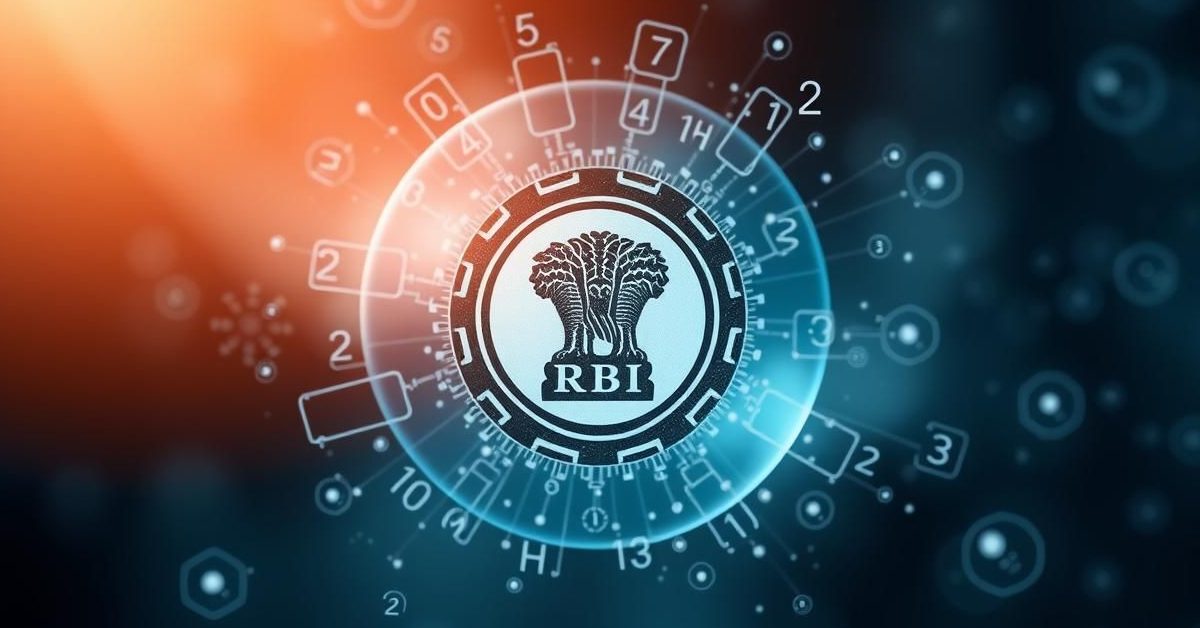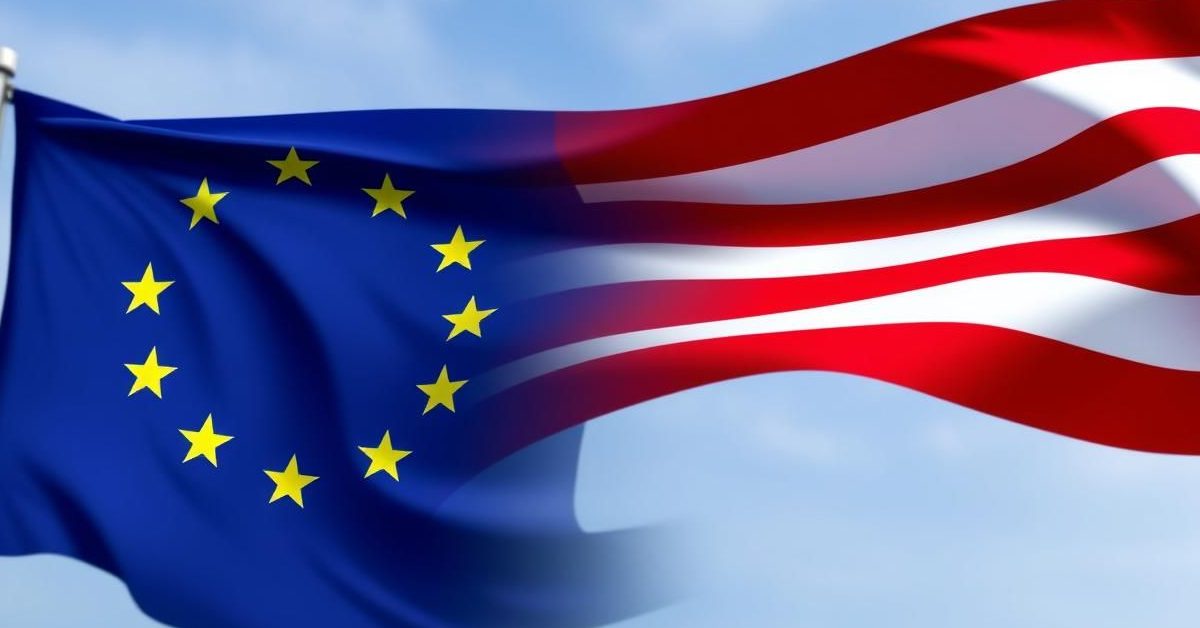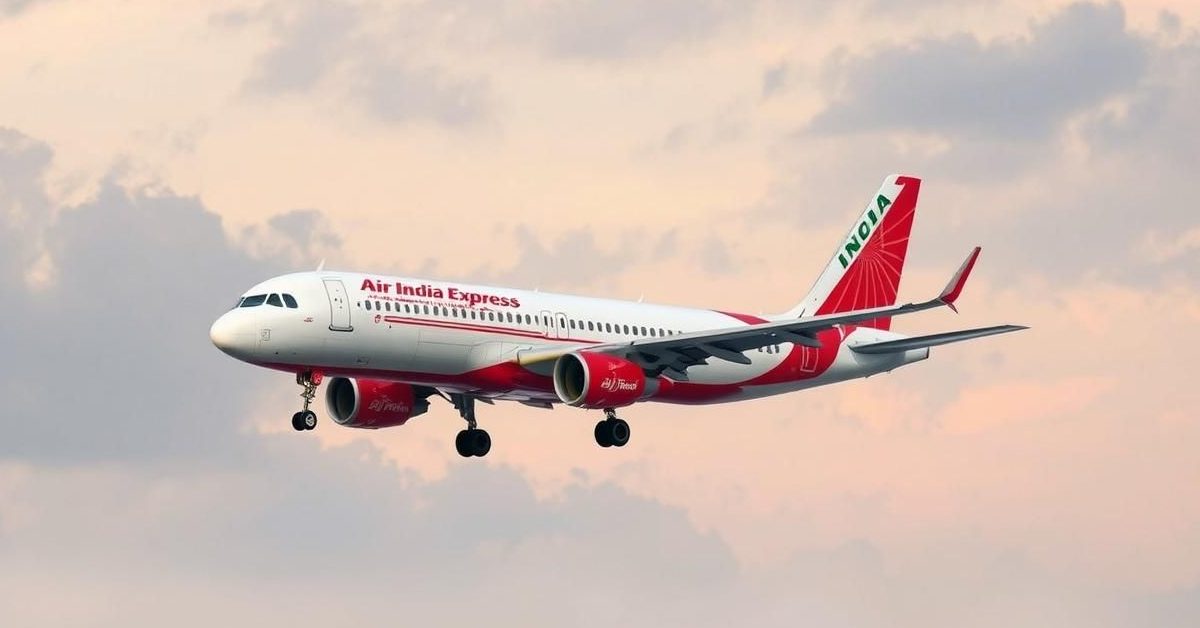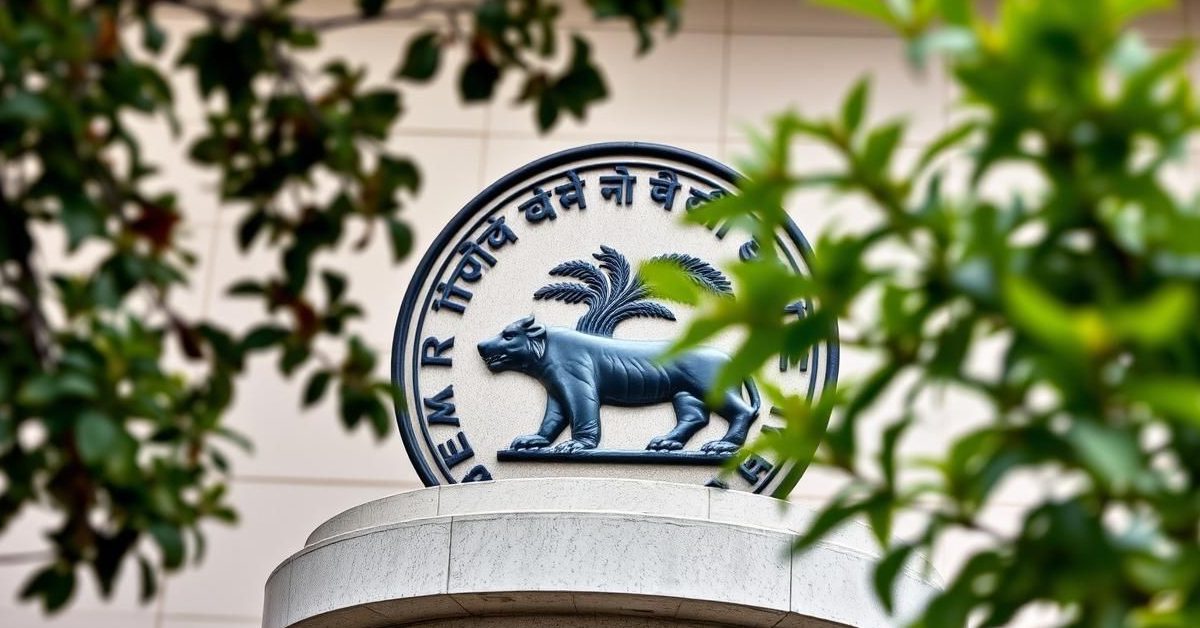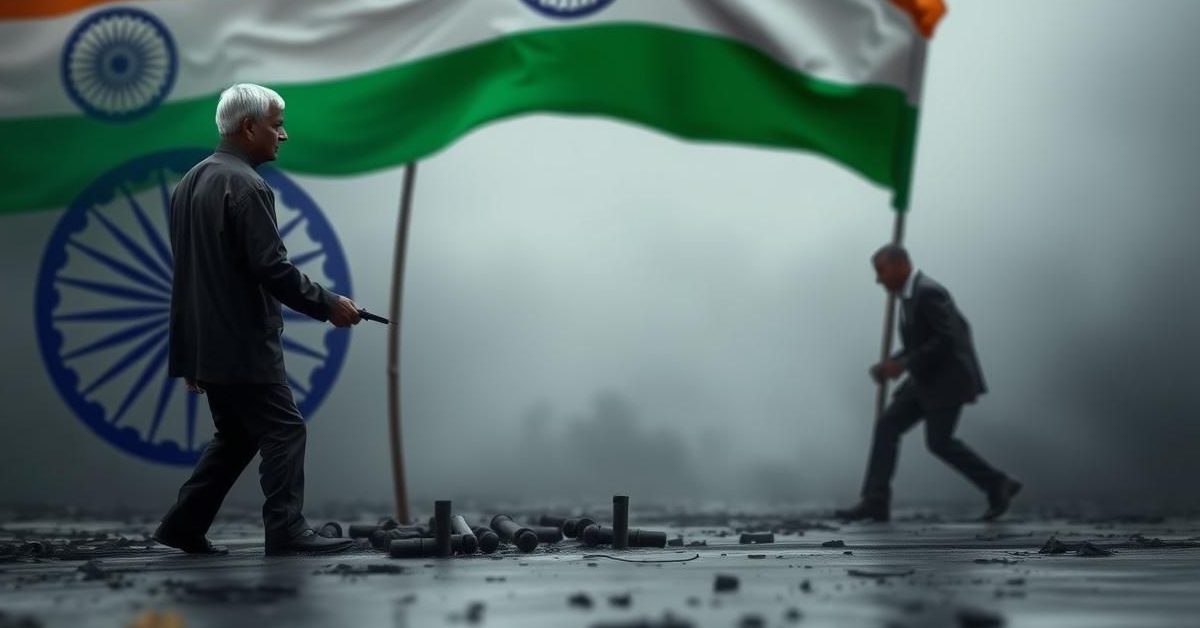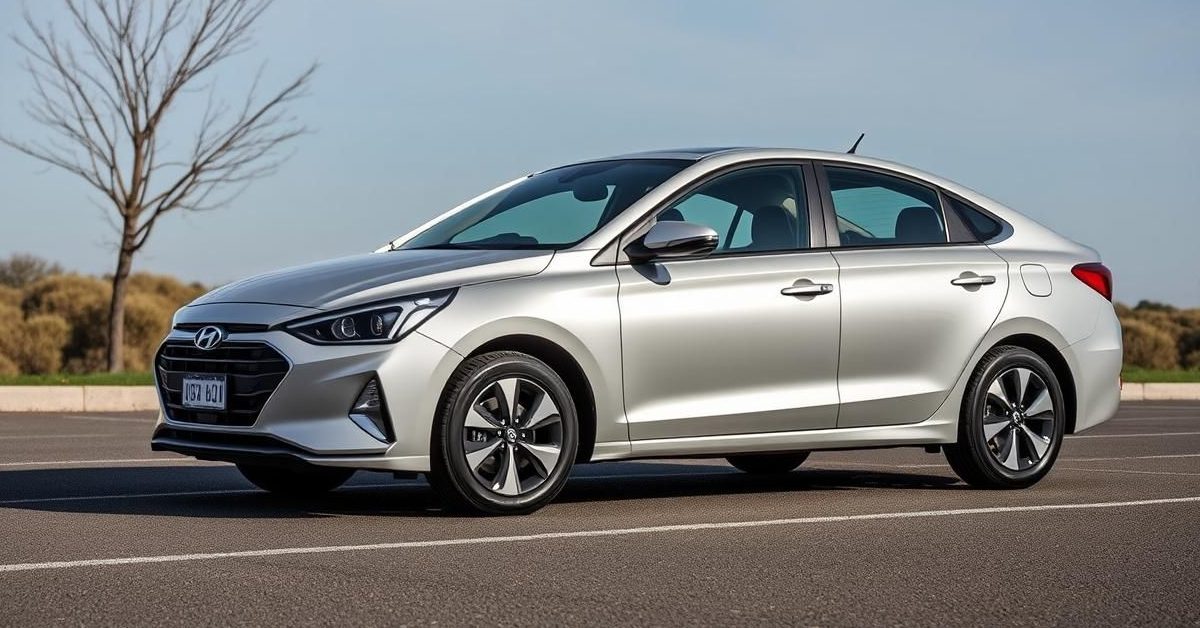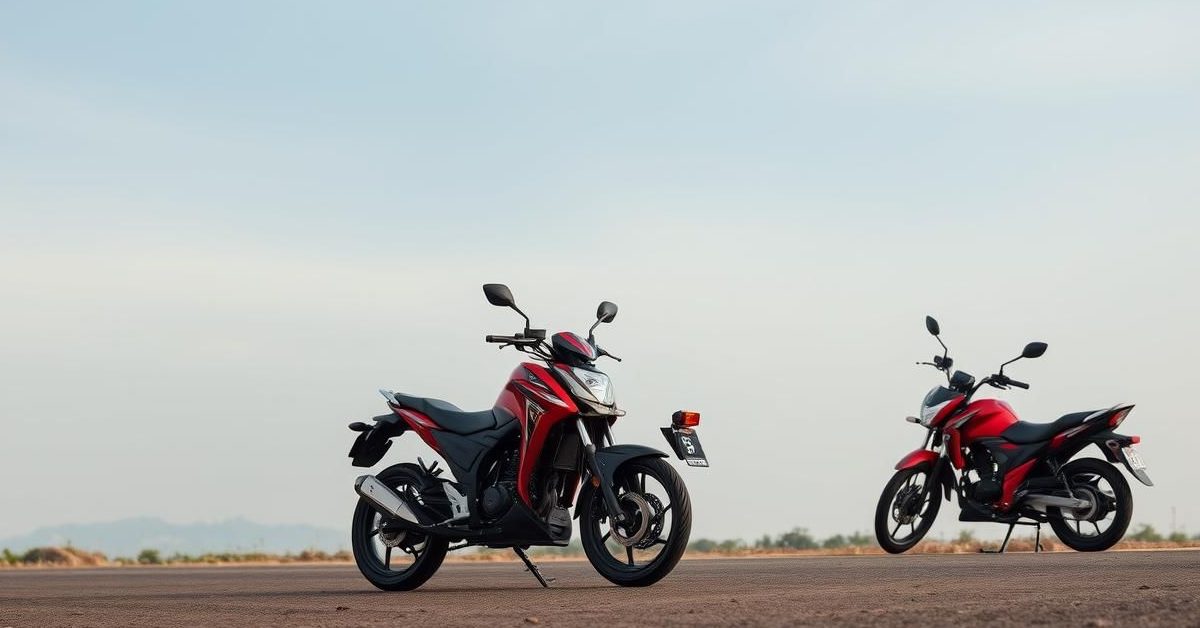The Reserve Bank of India (RBI) Governor Sanjay Malhotra recently stated that while free UPI has spurred remarkable growth in digital transactions, the cost of running this vital payments system must eventually be borne, either by the government or by users, to ensure its long-term sustainability.
The Triumph of Free UPI
Unified Payments Interface (UPI) has revolutionized digital payments in India, primarily due to its no-cost model for users and merchants. This “free” status has led to an explosion in transaction volumes, making it one of the world’s most successful instant payment systems.
RBI Governor Malhotra emphasized that this strategy has “borne good fruits,” resulting in a significant increase in digital adoption. According to recent RBI data, UPI recorded an astounding 18.4 billion transactions in June, marking a 32 percent year-on-year growth.
Understanding the Cost of Convenience
Despite its popularity, running an extensive digital payment infrastructure like UPI involves substantial operational costs. Malhotra highlighted that for any service to be truly sustainable, its underlying expenses must be covered, whether collectively or by individual users.
Currently, the Indian government heavily subsidizes these costs. This support ensures that UPI remains accessible, affordable, and secure for millions of users across the country, fostering a cashless economy.
The Merchant Discount Rate (MDR) Debate
The discussion around UPI’s costs often brings up the Merchant Discount Rate (MDR). This is a fee typically charged to merchants by banks for processing digital payments, usually ranging from 1-3 percent of the transaction value.
Since January 2020, the government removed MDR on RuPay debit card and UPI transactions. This move was a deliberate step to boost digital payment adoption nationwide, encouraging both small and large businesses to embrace online transactions.
Government Subsidies and Future Outlook
To compensate for the lack of MDR, the government has introduced an incentive scheme. This scheme promotes RuPay Debit Cards and low-value BHIM-UPI transactions (Person-to-Merchant, P2M), offering a subsidy of up to 0.15 percent of the transaction value for payments below Rs 2,000 to small merchants.
While the majority of this incentive is paid unconditionally, a portion is tied to performance metrics like low technical decline rates and high system uptime for banks. The government’s payout under this scheme has significantly increased, from Rs 957 crore in 2021-22 to Rs 3,268 crore in 2023-24.
Despite ongoing speculation, the Finance Ministry has consistently denied any plans to reintroduce MDR on UPI transactions, labeling such rumors as “completely false, baseless, and misleading.” Both the RBI and the government remain committed to maintaining a robust, secure, and accessible digital payment ecosystem for all citizens.
- Free UPI has led to a rapid increase in digital transactions, reaching 18.4 billion in June.
- RBI Governor emphasized that the costs of running UPI must be covered for its sustainability.
- Currently, the government subsidizes UPI operations, particularly for low-value transactions.
- The government has no immediate plans to reintroduce the Merchant Discount Rate (MDR) on UPI.
The focus remains on strengthening India’s digital payment infrastructure, ensuring it continues to serve the needs of a rapidly digitizing economy.

